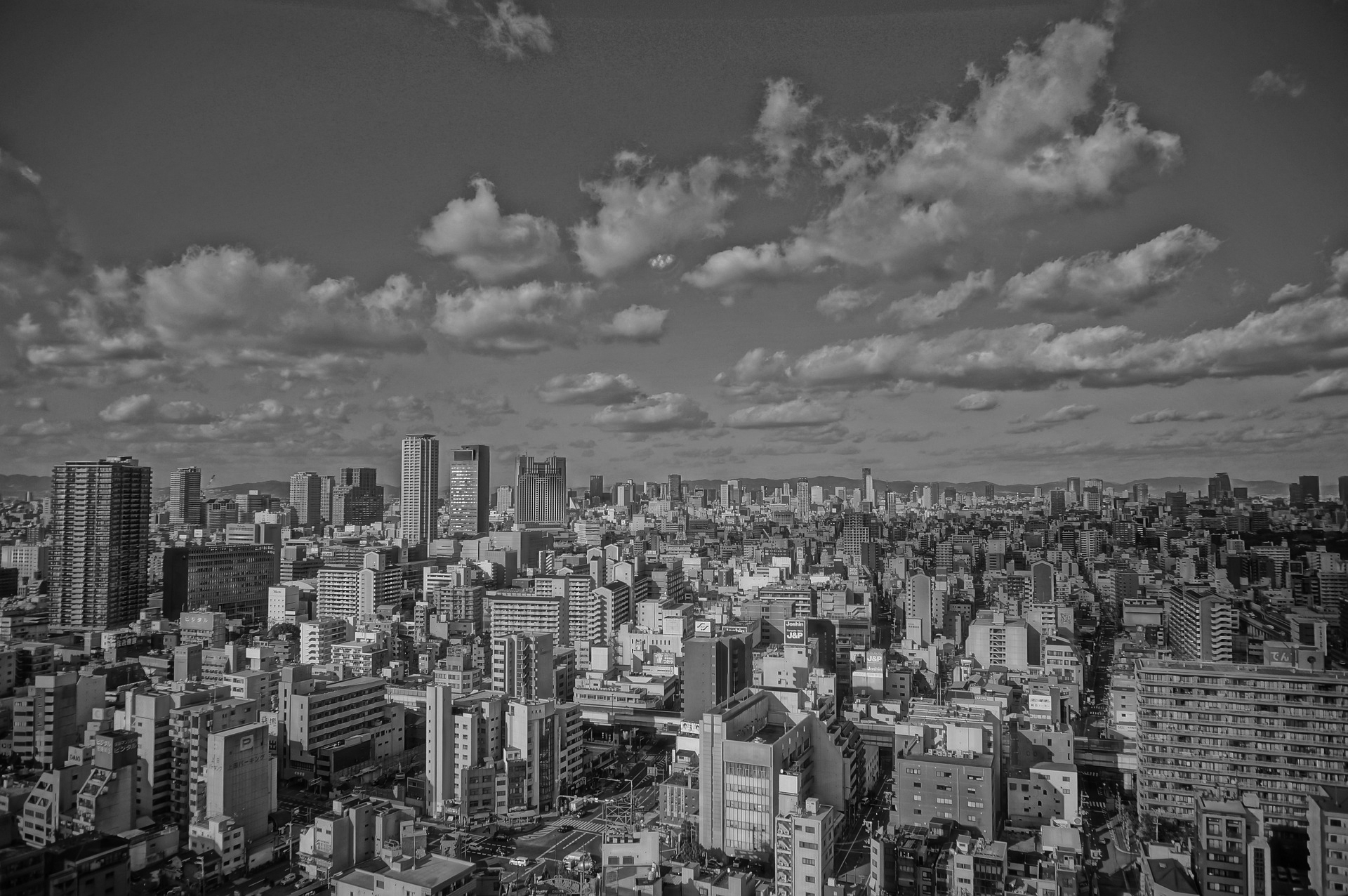A look at the transformation of Japan’s major regional cities.
Overall, demand in the office markets in Japan looks to have plateaued for now, with contracted rents remaining flattish or weakening slightly. The office market is still suffering somewhat from the effects of the pandemic and is adjusting to the post-Covid world. That said, Osaka welcomed the new Umeda Twin Towers South in Umeda, the prime office area, which has set a new high for rents in the city, demonstrating the presence of sound demand for premium buildings. It’s opened with about 85% occupancy despite its high rents of JPY38,000 per tsubo (10% higher than the previous top rent; a tsubo is a Japanese unit of area equal to approximately 3.31 sq m). Hence, the Osaka market presently appears to have sound demand even for very expensive office floors. More buildings will follow in 2024 and transform the landscape of Umeda, the gateway in western Japan.
“While there is concern over the large number of high-quality buildings to be added at the same time, the economy still has two years to recover and grow”
2024 is forecast to add about 70,000 tsubo of NRA to the market, of which a significant portion will be concentrated around the Umeda area. Furthermore, much of this new supply is expected to have high asking rents. For instance, the Umeda 3rd Project, which will come to the market in that year, has already seen some pre-leasing activity and looks to have rents of JPY38,000 per tsubo, aiming to achieve current top rents in the Osaka station area. While there is concern over the large number of high-quality buildings to be added at the same time, the economy still has two years to recover and grow. Indeed, given the strong office demand by the station front area, it is possible that the supply will be absorbed uneventfully, similar to the situation in Nagoya in 2015. Contrary to expectations at the time, the new office supply sparked new demand in Nagoya. Some market participants have concerns over the large premium office supply coming to the market around the same time in Umeda, while some expect a favourable outcome like that of Nagoya.
Overall, a large amount of supply is forecast for 2024, with a heavy focus in Umeda that is expected to transform the region. The ongoing developments in Osaka, such as Expo 2025 and the anticipated integrated resorts in 2029, could catalyse greater economic development and spur demand for more quality office space in the coming years, providing additional optimism for the market.
Widescale transformation is also underway in Fukuoka, another major regional city in Japan. Top rents in Fukuoka were JPY20,000 as recent as a few years before the pandemic begun. However, late last year, Fukuoka welcomed a new prime office building located in the Tenjin area called Tenjin Business Centre, where most floors of the building were filled at rents of JPY30,000, further increasing the top rent in Fukuoka. Later this year, Fukuoka Daimyo Garden City is expected to open with rents equivalent to or higher than the current top rent.
At the same time, the Fukuoka Building, which will be completed in 2024, is already reported to be more than 50% preleased at JPY32,000+ per tsubo, setting new top rents in Fukuoka. At the same time, not all buildings are successful and some mixed signals have appeared in the market. That said, this observation reinforces the narrative that buildings with strong selling points are likely to be significantly more popular than those without.
Other major cities across Japan have their own large-scale development plans and are likely to thrive as regional hubs. Looking ahead, the depth and liquidity of the Tokyo market are increasingly being mirrored in other cities including Osaka, Nagoya, and Fukuoka, offering a more diverse range of choices to investors.







